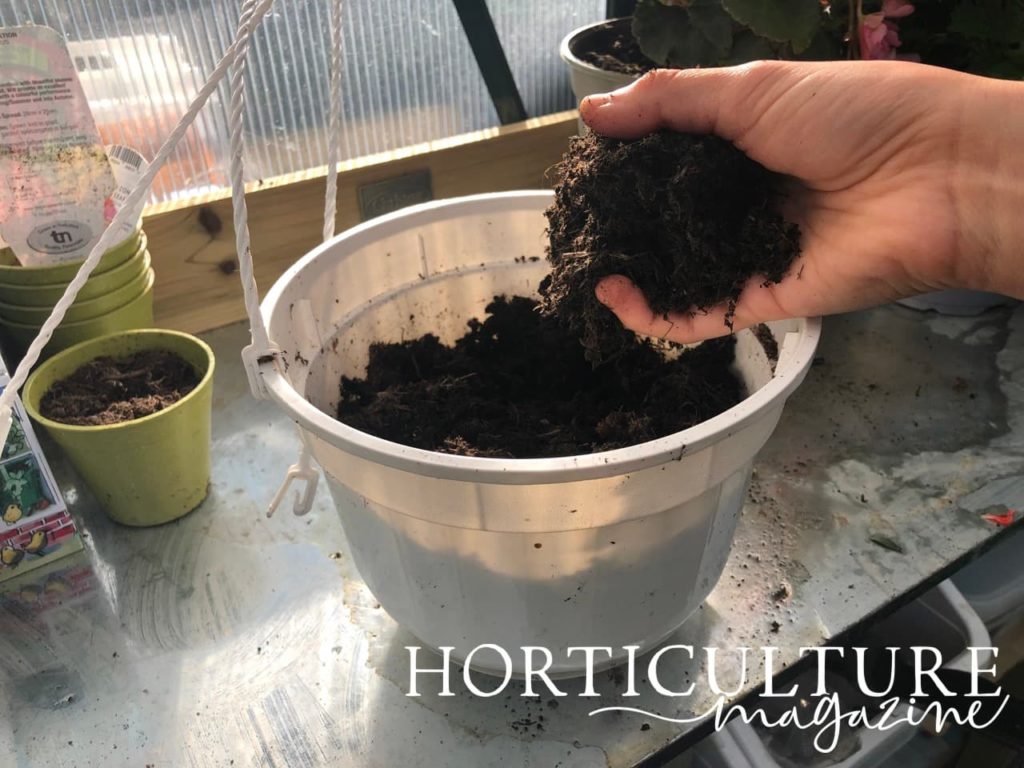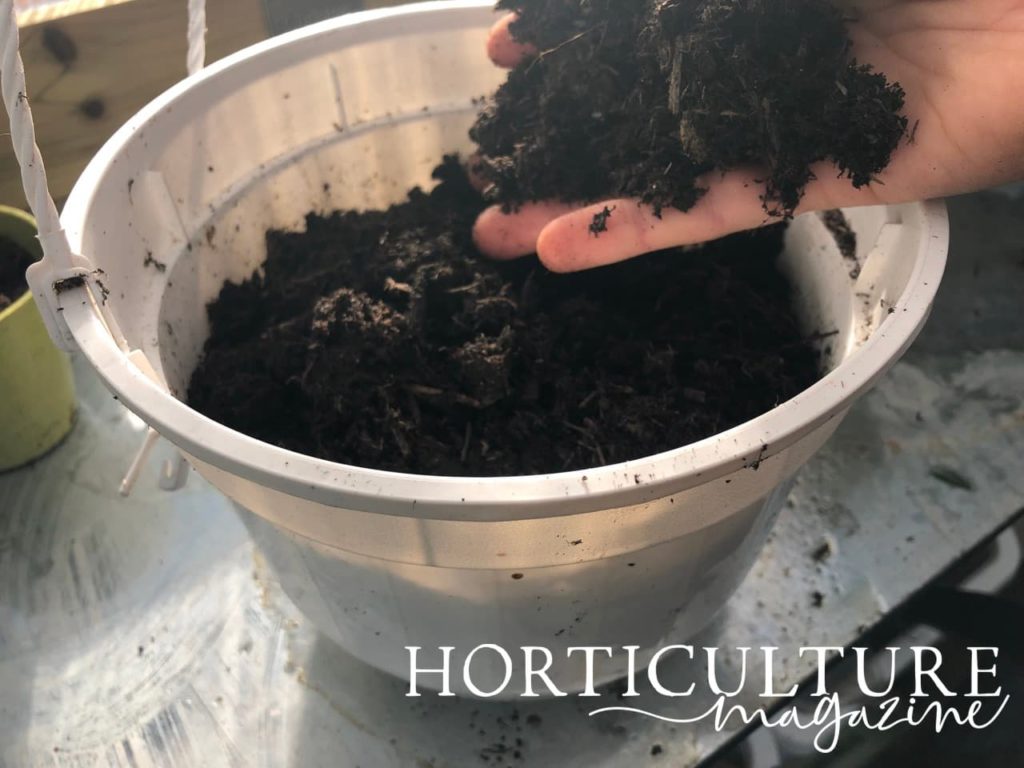Add Begonia To Hanging Baskets For A Long-Lasting Summer Display – Experts Share How

ANNUALS > BEGONIA > HANGING-BASKETS

Elizabeth is a Permaculture Garden Designer, Sustainability Consultant and Professional Writer, working as an advocate for positive change. She graduated from the University of St. Andrews with an MA in English and Philosophy and obtained a Diploma in Applied Permaculture Design from the Permaculture Association.
Reviewed By DAN ORI

Dan has over 27 years’ under his belt caring for plants and gardens. Working as a Horticultural Instructor and Consultant, he draws on a diverse range of experience that includes working as a Head Gardener, Tree Surgeon, Garden Centre Trouble Shooter, and writer of academic papers. Dan has a Level 3 Diploma in Horticulture and is currently a candidate for the RHS’s most prestigious award – The Master of Horticulture.
Contributions From JANEEN RANDLE

Janeen Randle is the president of the Melbourne Begonia Society. The society is based in Australia and many members, including Janeen, breed their own Begonias and visit flower shows across the country.

Emily is a Gardening Writer, Photographer and Videographer from Derbyshire, UK. She is the Founder of Emily's Green Diary - a community of more than 75,000 people who share in her gardening journey.
IN THIS GUIDE
BEGONIA GUIDES
Container Growing
Deadheading
Feeding
Hanging Baskets
Leggy
Overwintering
Problems
Propagation
Re-Potting
Starting Tubers
Varieties
Begonias are great for adding cheery splashes of colour in any garden, no matter how large or small.
There are a great many different options to choose from, which work well in a range of different settings and situations.
One of the most popular ways to add Begonia to a garden is to add them to hanging baskets.
These are often a great choice in hanging baskets for a long-lasting summer display.
Though many different Begonias can be grown in hanging baskets, perhaps the best and certainly the most popular are the many different tuberous Begonias – and there are many different cultivars to choose from.
The best options for hanging baskets are those with a trailing or cascading form.

These will hang over the edges of the hanging basket and create a beautiful floriferous display.
“I grow trailing scandent begonias in hanging baskets in trees where they can overhang and create another dimension in the garden,” shares Janeen from the Melbourne Begonia Society.
You might also consider growing fibrous Begonia in hanging baskets.
Choosing Your Basket
If you have decided that you would like to create a hanging Begonia display, one of the first things that you will need to do is decide on which type of basket you would like.
Remember, your hanging garden does not necessarily need to be contained within a typical basket at all.

You can use a wide range of receptacles hung in a suitable spot to grow your Begonias (on their own, or combined with other suitable summer flowering plants).
Often, making sure of reclaimed items and materials can be a fun, attractive, low-cost and eco-friendly choice.
If you would rather not take the DIY route, there are of course many different hanging baskets on the market to choose from.

You can opt for typical baskets, which are planted in the top, or choose an option which allows you to plant beneath and on the sides as well.
If you are using a typical wire basket, you will need to line it.
You can use moss from your lawn (if you haven’t applied any treatments to it), cardboard liners, or liners made from other fibrous materials like coconut coir, for example.
Choosing Compost

Fill your hanging basket or other chosen container with any peat-free multipurpose compost.
Begonias are generally relatively unfussy and should do fine for a single season regardless of the exact composition of the medium you choose – as long as you water them, and otherwise care for them correctly.
Planting Up Begonia

How exactly you plant up your hanging basket will depend on whether you have purchased tubers for the purpose, or decided to opt for young plants in pots.
If you have chosen tubers, you can start your tubers on a seed tray indoors, and plant them into a hanging basket after the last frost date in your area.
If you purchase young plug plants or young plants in pots, these should also be planted into the hanging basket in the spring, after all risk of frost has passed where you live.
How Many Can You Plant Per Basket?

Typically, you should aim to plant around 3-4 Begonia in a basket around 40cm across, though this can vary depending on the variety you have gone for, and the specific basket or hanging container in question.
You might also choose to add other plants alongside Begonias to create mixed displays.
If you place 3 Begonia, you might also add some ivy, other foliage plants, or other flowering plants suited to similar conditions.
Caring For Hanging Basket Begonia

Place hanging baskets with Begonia in full sun or partial shade, ideally in a sheltered spot.
Water well and regularly – remember that hanging baskets can dry out much more quickly even than other containers.
If possible, try to water the roots and not the foliage and flowers.
“Trailing scandents respond well to training the new growth around the basket until it is quite full then letting the growth overhang,” says Janeen, when discussing how to care for begonias growing in hanging baskets.
Feed with a potassium-rich liquid plant feed in the summer during the flowering period, every 4-6 weeks.
Begonias are frequently treated as annuals when grown outdoors.
If you wish to keep the tuberous Begonias going for next year, lift the tubers in September, before the first frosts, and store them dry in barely moist sand or soil in a frost-free location – ideally at around 7°C.
